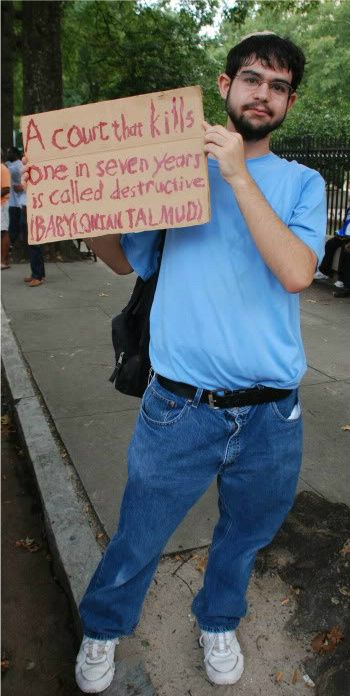DC has by a significant margin the 2nd-most heavily ridden city rail system (although it's a far, far far, far second to the NYC subway; not even close). It does, of course, take on some commuter rail on the heavy rail lines.
Granted, it's only that high because it also acts to a significant extent as commuter rail
13 stations entirely outside of the beltway (8 on the red line, 2 each on the blue and orange, and one on the yellow line; 11 of the 12 stations on the silver line to Dulles now in the final design stage will be outside of the beltway
An additional 20 inside the beltway but outside the original 100 sq mile city limits (the original city included Arlington County and most of Alexandria City, which contain 14 total stations)
- 4 on the red line
- 8 on the green line
- 4 on the orange line
- 4 on the blue line
- 1 station on the future silver line
- Every station on any future purple line
Only 39 stations are in the city itself, and only 53 in the old original city.
Actual commuter rail in DC isn't close to as strong:
there are 5 lines, 2 in Virginia (Manassas branch and Fredericksburg branch) with no real expansion plans [a study was done from 2002-2004, but no actions; the Republican-controlled legislature is significantly to blame) and 2/3 in Maryland (Brunswick, Camden, Penn line, an extension to Newark, DE to link up with SEPTA planned for 2015, but no new lines, say to Southern Maryland; the Camden and Penn run close to each other and are both basically the same corridor/direction, the lines have insufficient capacity as well)
By contrast, ...
Boston has 12 commuter rail lines on the MBTA (and is constructing several extensions and planning a few more), in addition to a commuter line run by Amtrak to Portland, ME [the Downeaster]. New Hampshire is moving towards a rail line/extension to Boston as well.
Chicago has 11 commuter rail lines (Metra) as well as the Chicago/Milwaukee link used by some commuters, and is planning/actively moving forward on at least 2 lines.
San Francisco is harder to say, as BART is not really city rail, but a hybrid of city and commuter rail which is all electrified. Probably has 5 commuter lines, and there's also the CalTrain, which alone gets more riders than the 3 MARC lines combined. SF could also do better on the commuter rail
Philadelphia technically has 13 regional rail lines (since they go through center city on the same line).
Even Los Angeles, which I'd give a C grade to, is better, with 7 commuter rail lines and somewhat more ridership.
However, this does make dense city transit/reurbanization more favorable.
They're trying several things.
Pike Transit, a modified streetcar proposal, is moving into preliminary design for Arlington.
For the city proper, they are pushing streetcars/BRT (if they're smart, streetcars, since Bus Rapid Transit never gets the right-of-ways it needs, and if it does, is about as expensive) to fill areas lacking Metro access (Georgetown, northwest between Georgetown and the red line, Northwest between the red line and the yellow/green line, and much of southeast/southern northeast).
But Jim Graham's trying to hold this up.
I wish I were in DC so I could go to the hearing.
Unfortunately, it's too late to get someone against him in the primary, but I would try to get something done as best I could if he kills this.
“My concerns run pretty much the gamut from A to Z,” Graham said. “As best I can determine, we have never really had a focused oversight hearing on this rather large expenditure of funds.”
Graham has issued a resolution to disapprove a budget request that would shift $11 million from the long-planned 11th Street Bridge project to the streetcar project to fund initial construction of the line this fall.
The action delays the funds transfer and gives Graham time to hold a public hearing, set for July 14.

